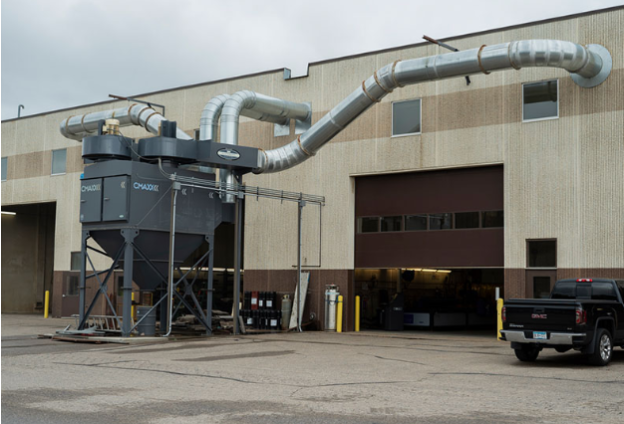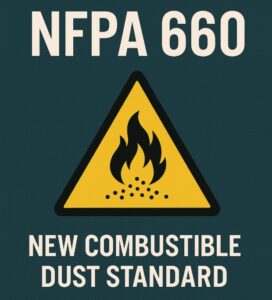In terms of the health and safety of your team and your assets, dust collection is one of the most important maintenance operations going on in your industrial facility. Not only do you need to know that your system is performing reliably, you must be able to count on its efficiency for the sake of your operating costs. It is critical to select the right industrial dust collection equipment and make sure it is optimized for peak performance.
The Perils of Pressure Drop
Dust collectors function within what is referred to as a variable system. This means that the resistance to airflow, referred to as the “pressure drop,” fluctuates over time. This fluctuation typically happens as dust collector filters age. Initially, when filters are new, minimal force is required to draw air through them. However, throughout their service life, dust particles accumulate within the filter media, necessitating more force to maintain airflow.
Inefficiency and Filter Degradation
Unfortunately, if left unaddressed, these pressure drop fluctuations can wreak havoc on the performance and energy consumption of the dust collector. In the early stages of filter life, when pressure drop is low, the fan may end up moving more air than necessary, leading to increased energy consumption and accelerated filter degradation. Conversely, towards the end of a filter’s life, insufficient airflow may result in inadequate capture of dust and fumes.
Dampers as a Solution
A common approach to tackling the issue of varying pressure in dust collection systems is the use of industrial dampers. These mechanical devices adjust the static pressure within the system. While dampers are effective, in some application environments it can be like driving with the parking brake engaged. It requires constant manual adjustment, is prone to human error, and offers no energy-saving benefits.
VFDs Provide Serious Energy and Cost Savings
Variable Frequency Drives (VFDs) are electrical devices capable of altering the characteristics of power supplied to electric motors, such as frequency and voltage. By adjusting the frequency of the incoming power, VFDs can effectively control the speed of the motor.
The advantages of using a VFD in your dust collection system begin with incentives and rebates from utility companies, which means the initial investment in VFDs pays for itself within a few years. There are also long-term energy cost savings. Reducing fan speed through VFDs significantly cuts down energy consumption. Even a modest reduction in speed can translate to substantial savings.
Additional VFD Advantages
The use of variable frequency drives in dust collection systems has a proven track record of benefits, including:
- Eliminating the need for manual fan adjustment – Equipped with pressure transducers, VFDs can autonomously detect decreases in airflow and adjust fan speed accordingly.
- Guaranteeing a constant air-to-cloth ratio, mitigating the risk of premature filter failure caused by improper damper adjustments.
By optimizing performance, reducing energy consumption, and ensuring longevity, VFDs are a smart investment for any dust collection application. Contact the Glacier team to learn more.


 NFPA 660: What Facilities Need to Know About the New Combustible Dust Standard
NFPA 660: What Facilities Need to Know About the New Combustible Dust Standard